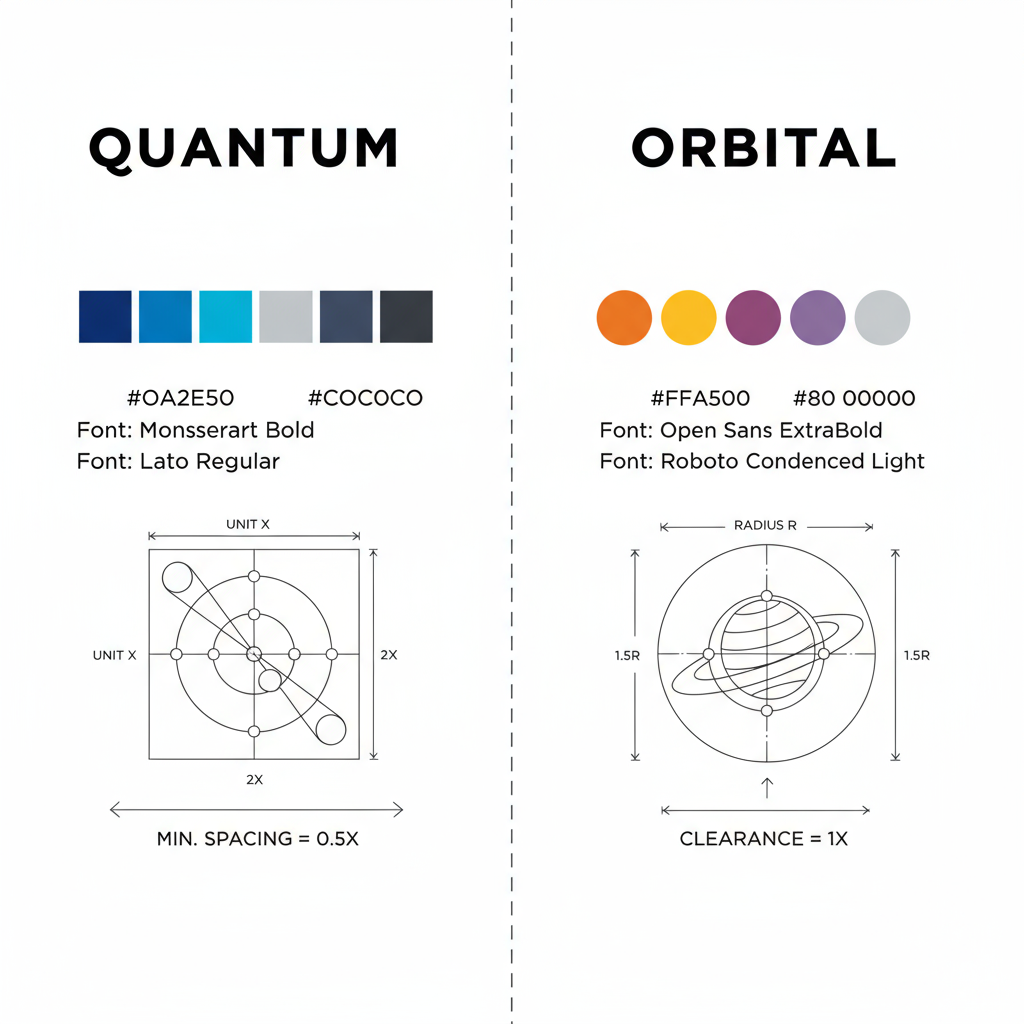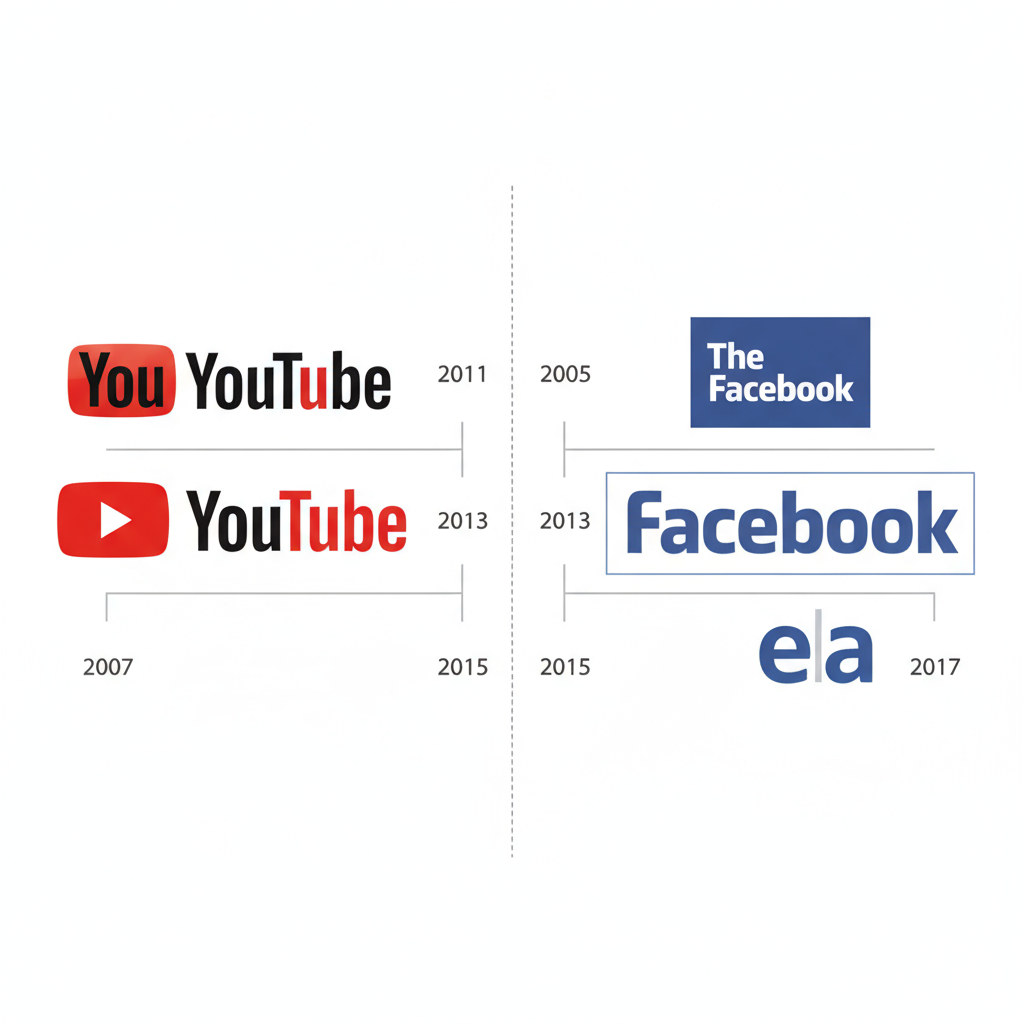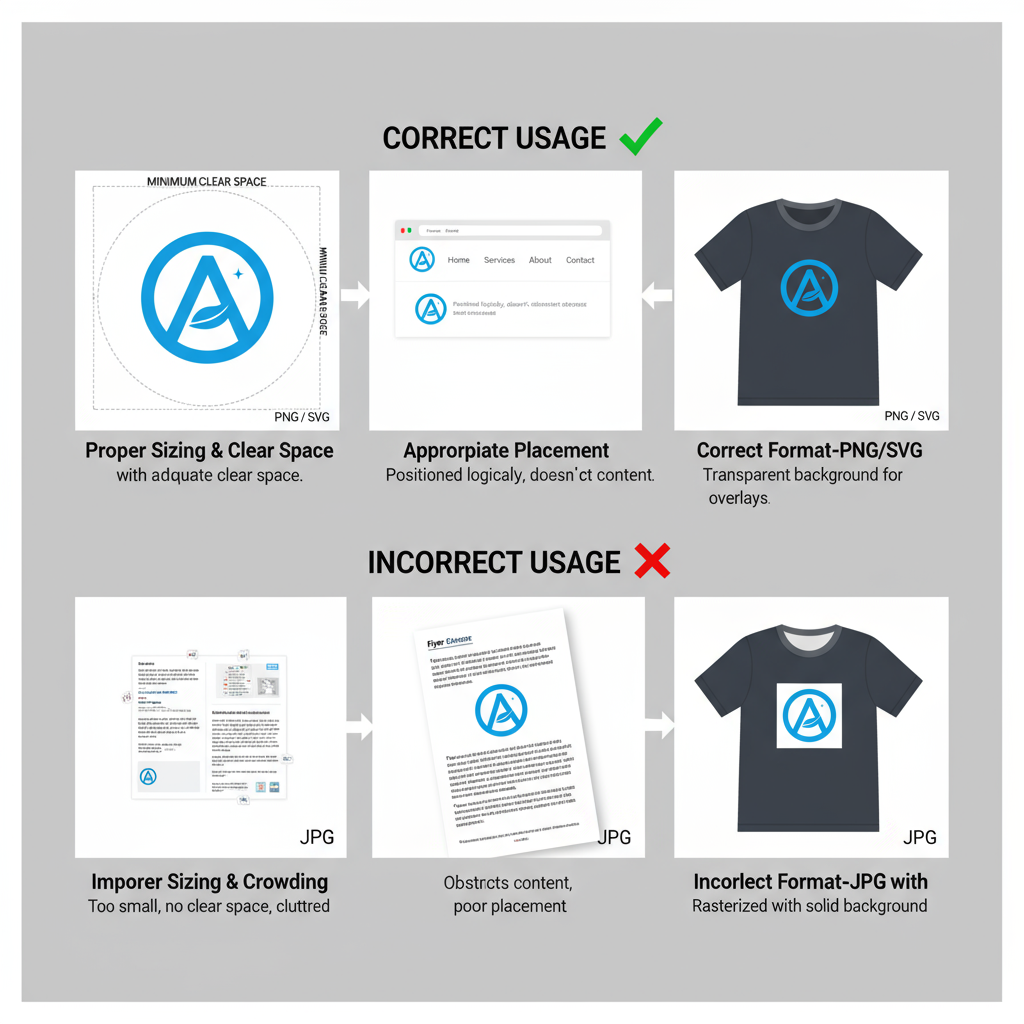YouTube and Facebook Logo Guidelines for Branding
Learn the official YouTube and Facebook logo guidelines, design elements, and proper usage to ensure consistent branding across platforms.

Introduction to YouTube and Facebook Logos: History and Evolution
The YouTube and Facebook logos are two of the most recognized visual marks in modern digital media. These iconic symbols have undergone carefully planned updates over the years to maintain brand relevance, adapt to technological changes, and strengthen global recognition. Understanding their history not only helps designers and marketers apply them correctly but also enhances brand presence and trust.
YouTube’s original 2005 logo featured “Tube” in a rounded red rectangle, creating an instant link to television screens and playbacks. In 2017, the company introduced the current version, focusing on a bold red play-button emblem paired with a clean custom typeface.
Facebook launched in 2004 with a lowercase wordmark set against a blue background. Changes over time have modernized the typeface and refined proportions, culminating in a flexible identity that supports various Meta products while maintaining familiarity.

These logos go beyond mere decoration—they embody brand values, authority, and a visual shorthand every user recognizes.
---
Official Logo Design Elements: Colors, Typography, and Proportions
Both YouTube and Facebook enforce detailed logo design specifications to maintain brand consistency globally. Primary elements include:
- Colors: Exact HEX values convey distinct brand identity.
- Typography: Custom fonts reflect each brand’s tone and personality.
- Proportions: Balanced ratios between icon and lettering ensure visual harmony.
| Brand | Primary Color (HEX) | Typography | Key Icon |
|---|---|---|---|
| YouTube | #FF0000 | Sans-serif (YouTube Sans) | Play Button |
| #1877F2 | Facebook Sans | Lowercase "f" |
Altering these specifications can dilute brand recognition and compromise marketing impact.
---
Brand Guidelines from YouTube and Facebook (Dos and Don’ts)
Adhering to official guidelines is essential for legal and aesthetic compliance.
Dos:
- Use only official logo files downloaded from brand resource centers.
- Maintain specified clear space around each logo for visibility.
- Select high-resolution formats to prevent distortion in print or digital.
Don’ts:
- Modify colors beyond the approved palette.
- Add unapproved effects (e.g., drop shadows, gradients).
- Place logos over complex patterns that impair readability.

Following these rules ensures a professional appearance and safeguards brand relationships.
---
Correct Usage in Marketing Materials and Social Media
Integrating YouTube and Facebook logos into marketing media involves more than placement:
- Pair logos with direct calls-to-action like “Watch on YouTube” or “Join on Facebook.”
- Maintain aspect ratios to prevent distortion; use consistent scaling.
- Ensure adequate contrast by matching logo color versions to the background.
For online use, SVG or transparent PNG formats deliver clarity on high-resolution screens.
---
Differences in Logo Formats: PNG, SVG, JPG, and When to Use Each
Choosing the correct format preserves visual integrity and optimizes performance.
| Format | Advantages | Best Use Cases |
|---|---|---|
| PNG | Supports transparency; lossless quality | Web graphics; overlays on colored or textured backgrounds |
| SVG | Infinite scalability; lightweight | Responsive websites; mobile apps |
| JPG | Smaller file size; photo-friendly | Print materials without transparency |
Store master versions in SVG for digital design and high-resolution PNG for cross-platform publishing.
---
Maintaining Visual Consistency Across Platforms
Consistency enhances audience trust:
- Apply identical logo versions across all digital and offline channels.
- Use brand-approved HEX or RGB values to calibrate color consistently.
- Create an internal style sheet documenting logo usage rules for teams and partners.
Consistent application of the YouTube and Facebook logos reinforces brand equity and recognition.
---
Common Mistakes and Trademark Issues to Avoid
Missteps can lead to reputational damage or legal consequences:
- Avoid mashups or hybrid icons that imply unauthorized partnerships.
- Keep proportions intact to prevent stretched or squashed visuals.
- Update assets regularly to retire obsolete logos per brand directives.
Both companies employ oversight mechanisms to protect their trademarks.
---
How to Combine Logos Legally for Joint Campaigns
Collaborative marketing featuring both logos demands precision:
- Access official media kits from each brand.
- Keep logos separate; avoid merging icons or typography without permission.
- Ensure equal sizing and alignments side-by-side.
- Use neutral space or dividers to maintain individuality.

This approach allows for cooperative branding while respecting distinct identities.
---
Adapting the Logos for Different Backgrounds and Media Types
Background selection strongly influences logo visibility:
- On light backgrounds, use the full-color official versions.
- On dark backgrounds, switch to supplied knockout (white) variants.
- For video content, place logos where motion will not obscure recognition.
- Ensure CMYK conversions are accurate for print reproduction.
These adjustments keep the YouTube and Facebook logo impactful across mediums.
---
Examples of Successful Branding with YouTube and Facebook Logos
Case studies reveal best practices:
- Tech Conferences: Promoting streams via YouTube alongside Facebook event pages with balanced logo placement.
- Product Launches: End screens in videos display both logos to direct viewers across channels.
- Influencer Campaigns: Headers feature official logos linked to each profile, driving cross-platform traffic.
Thoughtful integration boosts engagement and strengthens digital presence.
---
Tips for Optimizing Visuals for SEO and Social Sharing
Optimizing logo images supports search visibility:
- Include descriptive alt text (e.g., “YouTube logo red play button,” “Facebook logo blue f icon”).
- Compress images to quicken load speeds without sacrificing quality.
- Position logos above the fold on webpages for immediate visibility.
- Tag images with appropriate Open Graph and Twitter Card metadata.
Smart SEO practices make your logos more discoverable in social and search contexts.
---
Conclusion: Strengthening Brand Presence with Correct Logo Use
The YouTube and Facebook logo are vital brand assets whose correct use strengthens recognition, authority, and engagement. From understanding historic changes to adhering to official guidelines, every design choice—from file format to background adaptation—plays a role in maintaining their impact.
By combining compliance, consistency, and creative placement, marketers can ensure these logos work to their fullest potential. For best results, document your usage policies and revisit them regularly to adapt to evolving brand standards.
Ready to level up your visuals? Apply these strategies today to boost cross-platform branding with authentic, SEO-friendly logo integration.




